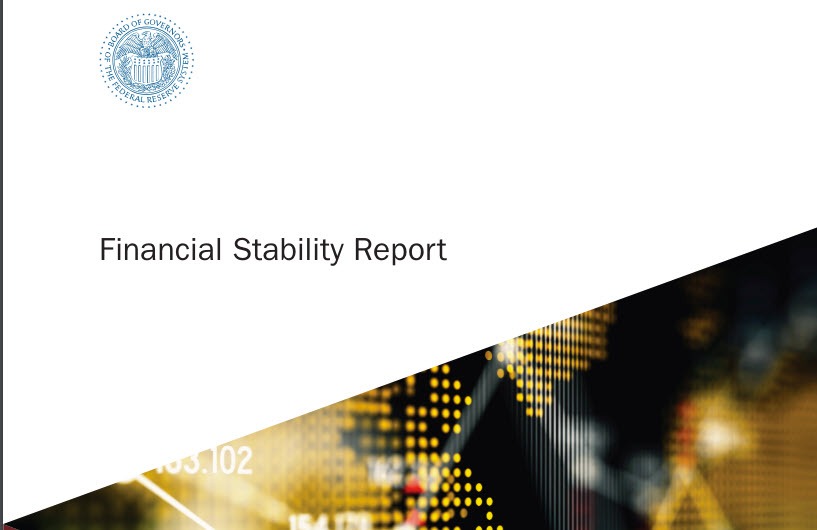Unpacking the Fed’s Financial Stability Report: The Biggest Risk to Inflation and Policy Tightening
The Fed’s Semiannual Financial Stability Report
The Federal Reserve has recently released its semiannual Financial Stability Report, providing valuable insights into the state of the financial system. In this report, the Fed highlights the most cited potential risks to financial stability, focusing primarily on persistent inflation and tighter monetary policy.
The Biggest Risk: Inflation and Policy Tightening
According to the Fed’s report, the most prominent risk facing the financial system is the threat of persistent inflation and the possibility of policy tightening in response. Inflation has been a growing concern in recent months, with prices rising at a faster pace than anticipated. This has raised fears that the Fed may need to take aggressive action to control inflation, potentially leading to a tightening of monetary policy.
Policy uncertainty is also highlighted as a significant risk in the report. Factors such as escalating geopolitical tensions and the upcoming US elections are cited by 60% of respondents as potential threats to financial stability. These uncertainties can lead to market volatility and affect investor confidence, posing risks to the overall stability of the financial system.
Interestingly, the report notes that commercial real estate and the banking sector are less frequently cited as stability risks compared to previous surveys. This suggests that while these sectors may still face challenges, they are not seen as the primary drivers of financial instability at present.
Overall, the Fed’s Financial Stability Report serves as a valuable tool for understanding the potential risks facing the financial system and provides important insights for policymakers, investors, and the general public.
How will this affect me?
As an individual investor or consumer, the Fed’s report on financial stability can have a direct impact on your financial well-being. Persistent inflation and policy tightening can lead to higher borrowing costs, reduced purchasing power, and increased volatility in financial markets. It is essential to stay informed about these risks and adjust your investment strategies accordingly.
How will this affect the world?
The findings of the Fed’s Financial Stability Report can have broader implications for the global economy. Rising inflation and policy tightening in the US can influence economic conditions worldwide, affecting trade, investment flows, and overall market sentiment. It is crucial for policymakers and stakeholders across the globe to monitor these risks and collaborate on solutions to mitigate potential threats to financial stability.
Conclusion
The Fed’s Financial Stability Report sheds light on the most significant risks facing the financial system, with persistent inflation and policy tightening identified as the primary concerns. Policy uncertainty and geopolitical tensions further compound these risks, highlighting the need for vigilance and proactive measures to safeguard financial stability. By staying informed and responsive to these challenges, individuals and institutions can navigate the complexities of the current economic landscape and work towards a more stable and resilient financial system.





